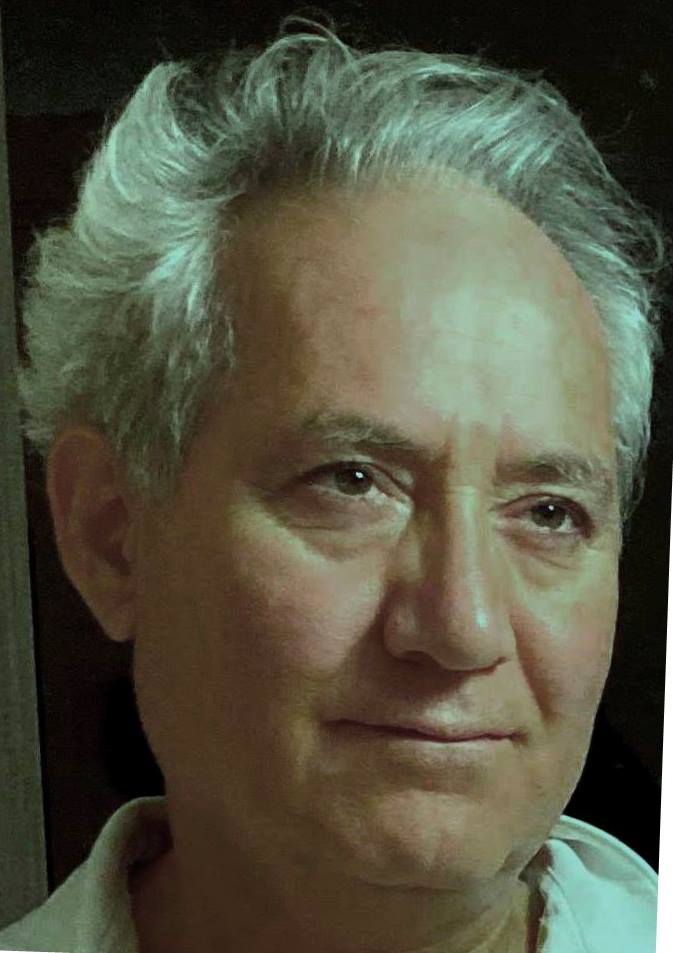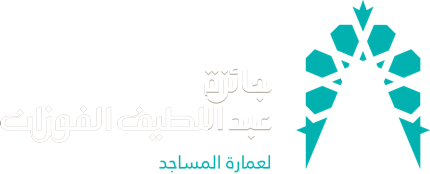Azra, A. (2017). Islam in the Indonesian World: An Account of Institutional Formation. Bandung: Mizan.
Baharudin, N. A., & Ismail, A. S. (2016). "Architectural Style of Da’wah Mosque in Malaysia: From Vernacular to Modern Structures." International Journal of Built Environment and Sustainability, 3(2), 70–78
Bianca, S. (2000). Urban Form in the Arab World: Past and Present. Thames & Hudson.
Budi, I., & Wibowo, A. S. (2018). A typological study of historical mosques in West Sumatra, Indonesia. Journal of Asian Architecture and Building Engineering, 17(1), 1–8. https://doi.org/10.3130/jaabe.17.1
Frampton, K. (2007). Modern Architecture: A Critical History. Thames & Hudson.
Frishman, M., & Khan, H. U. (Eds.). (2002). The Mosque: History, Architectural Development & Regional Diversity. Thames & Hudson.
Grabar, O. (1987). The Formation of Islamic Art. Yale University Press.
Harun, N. Z. (2019). Thermal Comfort in Traditional Indonesian Mosques: A Review of Environmental Design Strategies. Journal of Architecture and Urbanism, 43(2), 140–148. https://doi.org/10.3846/jau.2019.10473
Hillenbrand, R. (1994). Islamic Architecture: Form, Function, and Meaning. Columbia University Press.
Idham, M. (2021). Syncretism in Traditional Mosque Architecture of Indonesia. Heritage Science, 9(1), 58.
Idham, M. F. (2021). "The Development of Islamic Architectural Identity in Java: A Cultural Perspective." Journal of Architecture and Urbanism, 45(1), 76–87. https://doi.org/10.3846/jau.2021.13709
Kuban, D. (2010). Islamic Architecture in Anatolia and Its Development. Ege Yayınları.
Lapidus, I. M. (1984). Muslim Cities in the Later Middle Ages. Harvard University Press.
Lombard, D. (1990). Le Carrefour Javanais: Essai d’histoire globale. Éditions de l'École des Hautes Études en Sciences Sociales.
Michell, G. (Ed.). (1995). Architecture of the Islamic World: Its History and Social Meaning. Thames & Hudson.
Nas, P. J. M. (2003). The Indonesian Town Revisited. LIT Verlag Münster.
Nas, P. J. M. (2005). Directing the Flow of Urban Change: Indonesian Architects and the
Built Environment. LIT Verlag.
Nasr, S. H. (1987). Islamic Art and Spirituality. State University of New York Press.
Noor, I. (2020). Vernacular mosque architecture in Indonesia: A study on environmental adaptation strategies. International Journal of Islamic Architecture, 9(1), 45–68.
Oliver, P. (2006). Built to Meet Needs: Cultural Issues in Vernacular Architecture. Architectural Press.
Omer, S. (2009). Studies in the Islamic Built Environment. IIUM Press.
Pratiwi, D., Shabirah, R., & Maulida, E. (2021). "The Synchronization of Javanese Vernacular Beliefs in Traditional Mosque Architecture." Journal of Architectural Research and Design Studies (JARDS), 4(2), 110–121. https://doi.org/10.20885/jards.vol4.iss2.art5
Pratiwi, P. Y., et al. (2021). The spatial and architectural continuity of traditional Javanese mosques. Journal of Architecture and Urbanism, 45(1), 25–36.
Prijotomo, Josef. (2019). Arsitektur Nusantara: Konsep, Identitas, dan Perkembangannya.
Rajendra, A. (2021). "Contemporary Challenges of Indonesian Vernacular Architecture in Responding to Climate Change". International Journal of Sustainable Built Environment.
Rapoport, A. (1969). House Form and Culture. Prentice-Hall.
Satwiko, F., Winandari, M. I. R., & Iskandar, J. (2023). Mosque typology in Indonesia based on vernacular architecture. Sinektika: Jurnal Arsitektur, 20(1), 48–55. https://doi.org/10.23917/sinektika.v20i1.19540
Setia Budi, B. (2004). A Study on the History and Development of the Javanese Mosque Part 1: A Review of Theories on the Origin of the Javanese Mosque. Journal of Asian Architecture and Building Engineering, 3(1), pp.189–195.
Setiawan, B. (2020). "Cultural Identity in Indonesian Vernacular Architecture". International Journal of Architecture and Urban Studies, 5(2), 45–60.
Shabirah, R., Pratiwi, D., & Maulida, E. (2025). "Adaptation of Traditional Houses in Tajur Village to Climate Change". Proceedings of International Joint Conference on Urban Sustainability.
Soekmono, R. (1995). The Javanese Candi: Function and Meaning.
Waterson, R. (1990). The Living House: An Anthropology of Architecture in South-East Asia. Oxford University Press.
Yulianto, B., & Prijotomo, J. (2023). Local climate identity in the architecture of traditional mosques in warm humid tropics: The case in lowland and mountainous regions of Aceh, Indonesia. ResearchGate. https://www.researchgate.net/publication/382819309

